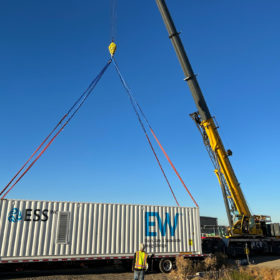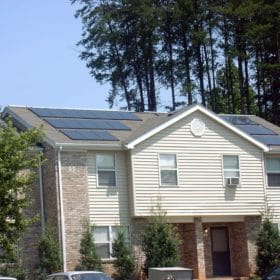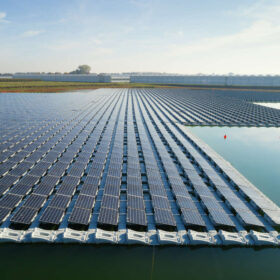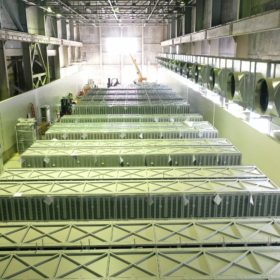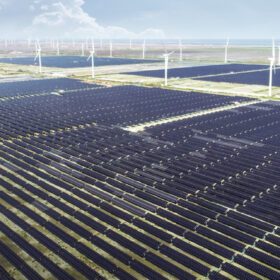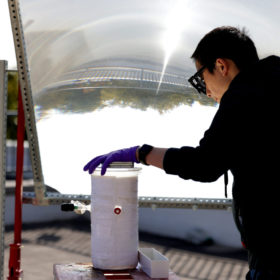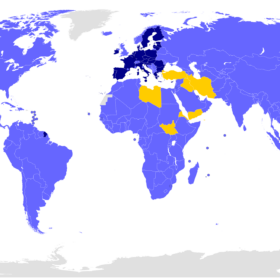Sunrise brief: California tops the virtual power plant market
Also on the rise: Giving women support to engineer the renewable energy future. Developer begins construction on 800 MW Illinois project with U.S. made components. And more.
Oregon research highlights zinc metal battery improvements
An Oregon State University research group has developed a zinc metal anode electrolyte that raises the efficiency of zinc battery cells to nearly 100%, a breakthrough as companies scramble to find non-lithium-ion alternatives to supplement a growing U.S. energy storage market.
Sunrise brief: North Carolina rulings dent rooftop solar value
Also on the rise: Over 500 MWh standalone battery storage facility enters operation in Texas. Connecticut commercial energy storage demand spurs government action. And more.
Temperature estimates for floating PV modules
Scientists from the United States and Brazil have developed four different ways to estimate the temperature of floating PV modules. They validated the models with temperature measurements from a floating solar plant in Brazil.
Sunrise brief: LG Energy Solution quadruples investment in U.S. battery manufacturing facility
Also on the rise: Silicon anode lithium-ion battery cell with 500 Wh/kg density. BIPV window coating maker seeks DOE loan guarantee. And more.
Renewables generation predictability can improve profitability
A study from the University of Adelaide shows how improved predictability can improve the operation of solar assets.
Assessing the area intensity of PV
Solar is wrongly perceived by some people to be an area-intensive energy generation technology requiring much more space than conventional fossil-fuel power plants.
Global study highlights potential of floating solar
An international group of researchers has calculated the potential for floating solar across the world. The results show a generation potential of 9,434 TWh per year across 114,555 global reservoirs, with 30% of their area covered. The United States leads with 1,911 TWh per year of potential, followed by China at 1,107 TWh per year and Brazil at 865 TWh per year.
Researchers evaluate viability of ‘direct’ green hydrogen fuel production
Rather than using solar or wind to power electrolysis, researchers are testing the competitiveness of photoelectrochemical cells for producing emissions-free hydrogen fuels.
Sunrise brief: U.S. on track to make it only halfway towards 2030 Paris Agreement targets
Also on the rise: Minimizing EV impact on the grid. Made-in-the-USA solar panels could cut emissions by 30%. And more.

